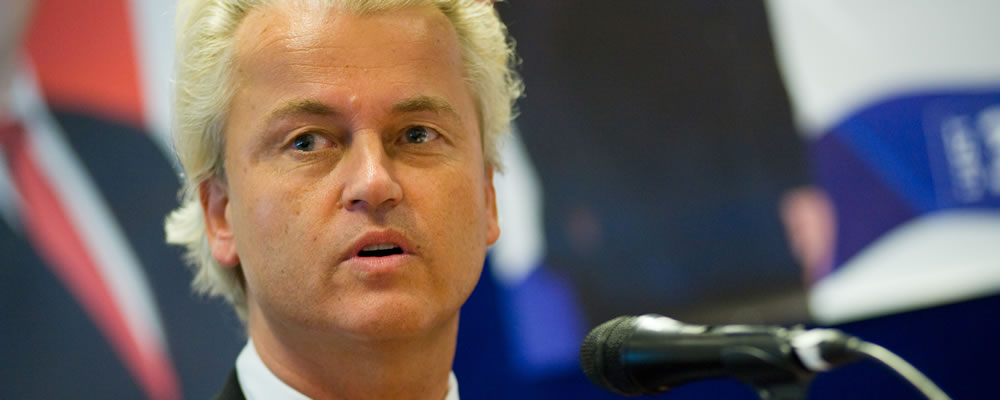The Euro US Dollar (EUR USD) exchange rate slipped at the start of the week’s session as the Netherlands prepares to go to the polls next week.
This election has long been marred by the participation of far-right candidate Geert Wilders, who’s populist messages of banning Muslims and leaving the EU have found him and his Freedom Party considerable support in recent months – weighing on EUR USD in the process.
However with the election race now entering its last week of campaigning Wilders has found his support begin to wane and with Prime Minister Mark Rutte failing to pick up the slack, recent polls now suggest that the election is a five horse race, with an estimated 40% of voters still yet to make up their minds.
The Netherland’s proportional representation system has led to it being run by coalition governments for over a century, something that is unlikely to change this year as the five parties look to claim around 12% of the vote apiece.
With most political parties refusing to work with him, it is highly unlikely that Wilders would be able to form a government even if he won the highest proportion of the vote. However, a victory for Wilders could embolden other populists around the Eurozone as the electorate increasingly rejects mainstream parties and the so-called political elite.
Wilders decried the attempts to shut out his Freedom Party saying;
‘The alternative would be a coalition consisting of four, five maybe six parties — that wouldn’t be stable and wouldn’t last long.’
This is one area where markets are likely to agree with Wilders, as whatever the outcome of the election there is likely to be a prolonged period of political wrangling in the immediate aftermath, leading to more political uncertainty and pressure on the Euro.
However, the downturn in EUR USD found slight respite this morning following the release of Germany’s latest Construction PMI.
Data compiled by IHS Markit reports that the German construction sector saw a healthy rise in activity last month, climbing from a five-month low of 52 to 54.1.
The PMI was buoyed by a strong pick up in employment and a faster rate of purchasing as firms forecast 2017 will see further growth.
Meanwhile, the US Dollar continues to strengthen on bets the Federal Reserve will vote to raise interest rates later this month.
CME Group’s FedWatch Tool currently puts the odds of a March rate hike at nearly 80% after hawkish comments from a number of Fed policymakers last week saw it rocket up from under 30%.
Fed Chairwoman Janet Yellen said on Friday;
‘Indeed, at our meeting later this month, the committee will evaluate whether employment and inflation are continuing to evolve in line with our expectations, in which case a further adjustment of the federal funds rate would likely be appropriate.’
The recent strengthening of the US labour market and growing optimism that Donald Trump will deliver upon his promise to increase infrastructure spending appear to have been major contributing factors in the sudden surge in hike bets, despite claims from the central bank that Trump’s policies would have no impact on its decision.
Looking ahead the US Dollar may be slightly softened this afternoon however as data is expected to show that US Factory Orders slowed at the start of the year, falling from 1.3% to 1.0%, giving the Euro some room to breathe.
EUR USD may also rise tomorrow morning with the release of the latest Eurozone GDP estimate, with the economy expected to have grown from 0.3% to 0.4% in the fourth quarter.
Current Interbank Exchange Rates
At the time of writing the EUR USD exchange rate was trending around 1.05 and the USD EUR exchange rate was trending around 0.94.



